"We can keep screaming in class: - Shut up! Listen! Sit down! ', or working on solutions, doing small yoga sessions with students'
- Maite Eizmendi works in basic yoga training for teachers to apply in the classroom with students. That students and teachers have come "asleep" to school? Can't they concentrate after recess time? Does academic pressure suffocate? To activate, relax and work the attention, the yoga teacher proposes different exercises depending on the needs of the moment. "In the classroom we will normalize the exercises to work the body, the breathing... because there is a lot of need and if it doesn't go out here or there."

Let’s start at the base: in situations of stress, anxiety, worry, discomfort… do we know how to relax?
In general, we know what we should do when we want to relax: we go to the mountain or to the beach, or we use sport as a means of escape… but we do it in free time. On the other hand, in the day-to-day whirlwind (at work, at school), a high level of stress is observed. With attention is also very evident: many people do not have the ability to keep attention in one place or in one thing; we live overstimulated and our attention flows, our thoughts from one side to the other, what to hear or see from one side to another… and it is good to develop and work the ability to concentrate on the place we want.
And that's what yoga helps...
That's right. In this case, it is a question of providing the child with tools to enhance his/her well-being, both in the classroom and outside the classroom. It will serve you in the present and also in the future, for example, because if you teach how to breathe you will have that learning forever, you will have internalized how to make larger breaths, how to oxygenate.
Don't we breathe well? In
general, we haven't been taught. The diaphragm, underneath the lungs, is a very important muscle for breathing, helps move from the sympathetic nervous system to the parasympathetic, that is, to relax, but often blocks the diaphragm; as when we are stressed, we feel tension on the shoulder, we also have tension on the diaphragm. That is why we must re-educate our breath so that, by moving the diaphragm up and down, we will breathe, and not by using the lungs and ribs.
"At the Pío Baroja Institute in Irun a new space has been released: Respiratory place, because in Baccalaureate there is a lot of anxiety. It's a room ready to be comfortable, to breathe silently."
Like breathing, are we forgetting/losing the flexibility of the body, the awareness of the body and other natural abilities as we advance in age?
Totally, because the body is dissociated in two and we live in the head: it is given a lot of importance to the mind, and to the physical body and to the emotions very little, everything is thought and ideas, we build our world in the mind, and yoga proposes to return to fullness, recover the consciousness of our body.
Does yoga differ according to age?
Yes, it is divided into seven stages: Up to 7 years, from 7 to 14, from 14 to 21... With children up to 7 years old, for example, the game is very present, dance, music... Suppose you tell a story with the frog as the protagonist, because you do it in the frog's posture, and the rest of the movements, gestures and postures are united to the story. The little ones are still in the body, they retain their essence, they are content, angry or sad, they demonstrate, the ways of relating have a lot of truthfulness. As the age progresses, the aforementioned dissociation increases, in favor of the head, because that is what the school, the houses and all the environments lead us to, so the exercises are different, we have to work more attention, we can do longer exercises instead of the short exercises we do when we were little…
Do you have to consider the yoga session not only by age, but also by class or group?
The group generates a dynamic that can be very active and participative, it can be passive, it can be different depending on the time of day. During adolescence, for example, they come to sleep in the morning and we have to do an activation work through physical exercises; however, students who come from the time of rest can get altered and we need some respiratory exercises to relax.
Beyond class, yoga poses that the student who wants the spaces also remain calm during the rest time, because it seems they are forced to be in the playground in certain ways. At the Instituto Pío Baroja de Irun they teach high school and have premiered a new space this course: Respiratory site. In the Baccalaureate there is a lot of anxiety, they are drowned and they experience a lot of pressure in the face of the EBAU test of access to university. The Respiratory Space is a room with sofas, with the possibility of putting quiet music ready to be comfortable, thought to breathe in silence.
"The youngest are still in the body, but as age progresses the dissociation increases in favor of the head; yoga proposes to regain consciousness of our body"
“There’s no time to give the full resume, and now yoga?” to more than one teacher…
Yes, and it is true that it has work, but we all see the need, what are we going to do with that need? We can keep screaming in class, “Shut up! Listen! Sit down!” or we can work the solutions.
In education there is a tendency that when you want to work on a subject you will bring a specialist to take a course. But you propose to give yoga by the school's own teachers and for that you propose ways.
There are three ways to introduce yoga in education: courses for students (and are carried out, especially with the youngest, courses of two or three months); yoga sessions for teachers (to be useful for them, and then they can take what they learned there to the class); and Yoga in the classroom: teach teachers some simple tools to then use them in class. Many times we focus on the students, who are agitated and this and others, but how is the teacher, how does he enter the classroom? Because the influence of the teacher is total, and for half of the course I see many overflowing and past, complaining about the system and the students. Let's put these tools and exercises in place, and surely they'll be beneficial to everyone.
At the Talaia Institute in Hondarribia, for example, a teaching room has been set up to attend it when needed and to perform yoga exercises. And once a week, when it comes to resting, the teachers come together to do yoga and meditate.
When, how, how, how much… should you give yoga in class, the teachers?
Above all, you have to look at the moment: where the students come from (they have just entered school, they come from the time of rest, they come from the subject of Mathematics or English…) and where they go (what they will do in the next hour), and depending on that I will surely seek one thing or another, whether activate it, calm it, or work the attention. They are not hour and a half yoga sessions, they are pills of about five minutes, so the influence also depends on it, it will affect the next lesson or hour, and you have to try every hour, every day or not according to the needs, but continuity is fundamental, not being something we will do from time to time. Programming is important: setting goals, planning tools to do so, evaluating whether it is working…
You talked about the importance of breathing to relax and of physical exercises to activate it, what exercises are there to work attention?
It's based on placing the attention in a given place, and that's what's called anchoring. The anchor can be external. For example, the hand is a flower (with all the tips of the fingers attached) and when I breathe I will extend the hand, closing it when I expire, concentrated in that breath and in this exercise, anchored in the hand. Or for example, I will concentrate on painting a mandala, or I will pay all my attention to singing a mantra, in the voice and in every note, step by step, or I will ignite a candle and focus on the fire movement… And anchoring can be the interior, which is used from adolescence, not with the youngest children. We can look inwards and anchor in the breath (in the nose or in the ribs), in the smile itself or in the so-called inner sun (in the chest, in some way in our center).
Visualizations (making a trip through the mind, for example, to nature) serve to work attention and also to relax. The same is true for a very nice exercise that can be done with the little ones: to lower the blinds a little, to put some music if you want, to lie them all down, and to move the light from a flashlight slowly, through the walls, through the ceiling… so that the children can continue with their gaze.
"Do we focus on the students, who are upset and this and others, but how does the teacher enter the class? I see many that have happened. These tools are useful for everyone."
Little light, lying down… Are classrooms a suitable space for yoga?
We know, for example, that a lower, warmer light gives softness, or that it's not the same as a room is orderly or chaotic. This can be taken into account by the professor in order to adapt to our space as best as possible. For example, yoga exercises are done on the ground with the youngest, but for teenagers, at least in the report I've prepared, all exercises are either sitting in a chair or standing, because the reality is that we have classrooms with chairs and tables. And after all, yoga is a few short pills designed to make a transition in the classroom to the next time frame.
What main keys do you give to teachers?
The teacher himself must first experiment and integrate the tools to be able to transmit them correctly in the classroom; he must complete his “toolbox” with few and simple tools; it is a work that requires programming and monitoring, preventive, without waiting at the moment we explode; it is necessary to be patient and confident, because the results are seen over time, not immediately; and important, if the teacher is well, the student will be well.
What is the experience in the schools where work is being done?
The users are clear that it works, that in the short term the three concrete objectives are achieved: activate, calm and concentrate, and help the teachers a lot. Is the general objective perceived, the well-being? That takes longer, because it's a few years' experience that I know.
Which models of interest would stand out?
The Generalitat Yoga Network was established in Catalonia in 2011 in the French state 40 years since they began to enter the yoga school. In our case, the UEU has been conducting courses for the introduction of yoga in the classroom for years, also in the courses organized by Hik Hasi, and the examples are numerous here and there of teachers and centres that work voluntarily. At ikastola Arizmendi in Eskoriatza they do yoga for teachers once a week and then in the classroom they take the ideas to do with the students. At the Ballonti Institute in Portugalete organize meditation and breathing sessions for ESO and Baccalaureate students, and once a week they have an hour of rest called Pause to relax and do exercises. At the Zorroza Institute in Bilbao yoga sessions are also held for ESO students, and teachers have a time to breathe and meditate during rest.
I know those cases, because I know more about the world of ESO, I was a professor of ESO for many years, but in Early Childhood and Primary Education it becomes more, and there are a lot of teachers who do yoga in their spare time and bring to class those who study there. I have just conducted some training sessions for the teachers of Early Childhood and Primary Education at Talaia College in Hondarribia and I have seen that many already know that in the classroom they have a lot of exercises and use them, that they also have material to do yoga with children. As I said, they do so voluntarily. I myself have offered training on my own to the centres of the region in which I live, based on what I learned with Professor Kavi Fernández, but since the administration or from Berritzegune there is no general approach.

Does an overall approach need to be taken at an educational level?
I think it will come sooner or later. And it may not be called yoga, it doesn’t matter, but we will get to normalize the exercises to work the body, the breathing, the relaxation… because there is a lot of need and if it doesn’t burst here or there.
For adults, should we also systematize yoga sessions in the workplace?
There is a lot of experience of peers who come together to do yoga at the beginning or at the end of work. I would propose it as an option to spread, not systematize it as you say, because yoga does not have to be for everyone: there are martial arts, painting, other possibilities of relaxing... Also in yoga there are many classes: quieter, more meditive, more active, more dynamic… What do you like and what makes you good? Discovering that is the way.
Lau mila karaktere ditut kontatu behar dudana kontatzeko. Esan behar ditut gauzak argi, zehatz, soil, eta ahalko banu polit, elegante, egoki. Baga, biga, higa. Milimetrikoki neurtu beharra dut, erregelaz markatu agitazioa non amaitzen den eta propaganda non hasi. Literarioki,... [+]
The time has come for us to enrol in schools in the Basque Country for the 2025-26 academic year, and in many homes the youngest of the household will take a new step soon, in September, which is schooling. Proud of the Basque Public School The members of Topagune are firmly... [+]
Since the adoption of the new Education Law for Álava, Bizkaia and Gipuzkoa, we are hearing/reading again and again that education will be free from now on. We have listened to different actors, including the Department of Education, and in the interviews we offer to the media,... [+]
There are many ways to gain power; not all are beautiful. There are those who want to divide the power and the responsibility that it entails with it, who seek authority. Others have a lot of respect for him and the fact that each step is so measured makes them unable to make a... [+]
On February 3rd, the time has begun to pre-enroll our children and young people in schools, and as every year we would like to remind you why we do not think it is a good idea to enroll them in religion. Last year we finished the article saying that “many of you will be... [+]
From the Association of Parents of the Instituto Arratia Small Tram we want to encourage reflection on the use of screens in the learning community.
Lately there is a lot of concern about the impact of screens on children and adolescents. This responsibility extends from... [+]
There are concepts that appear everywhere during certain periods, which also become mantras. They appear to us in a positive and necessary way, without too much debate and without thinking about them. It seems to me that one of these mantras is internationalization, which has... [+]









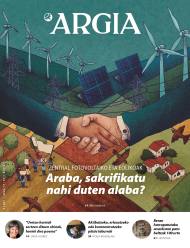


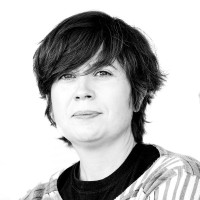
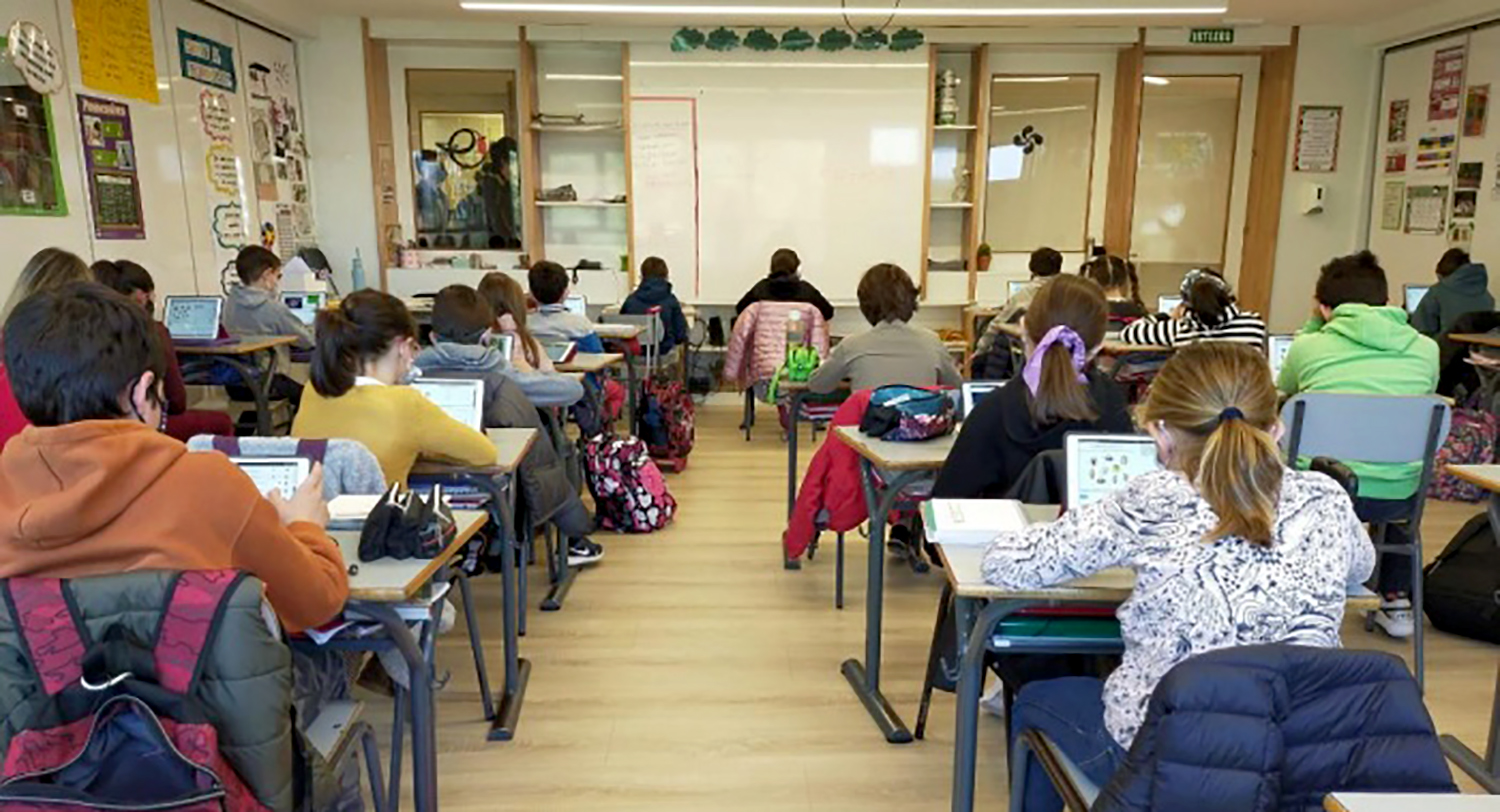

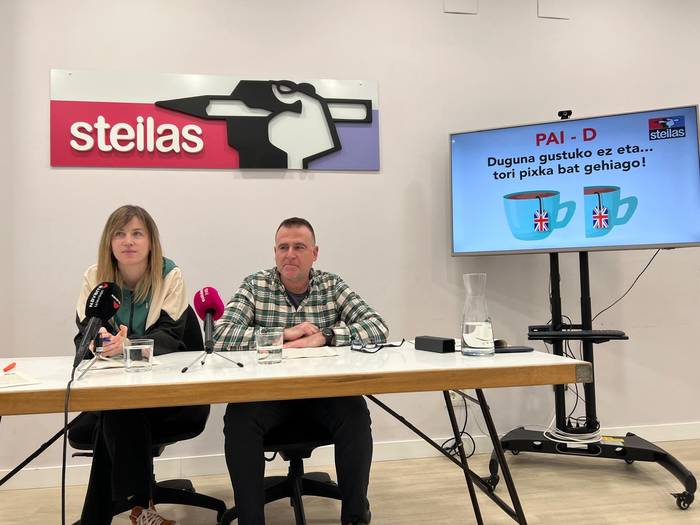
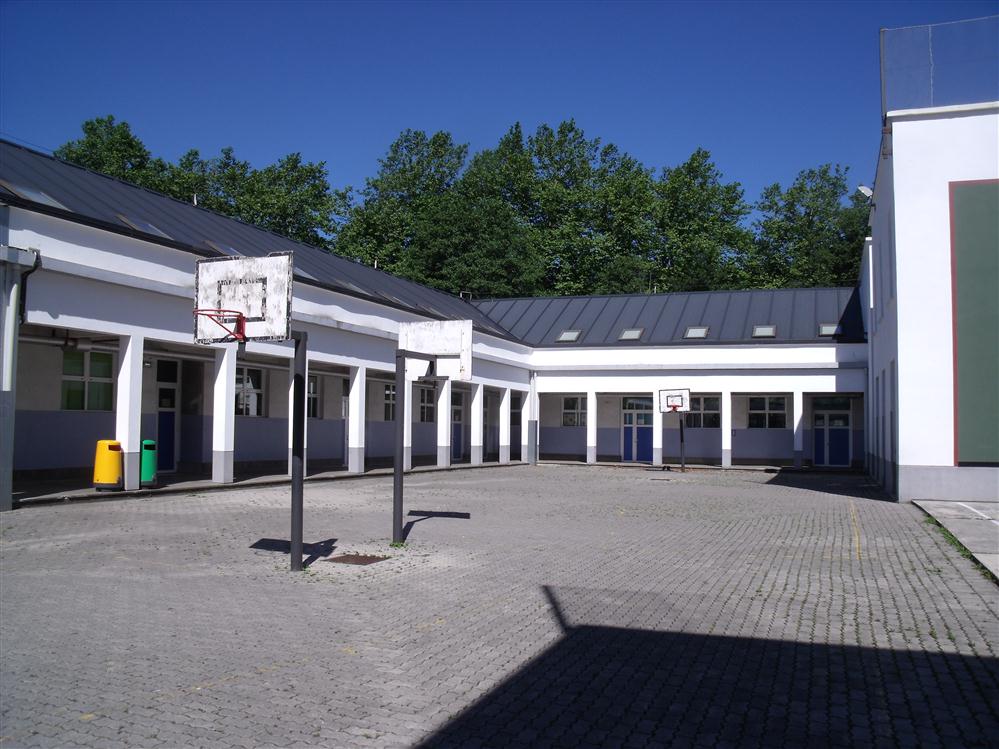
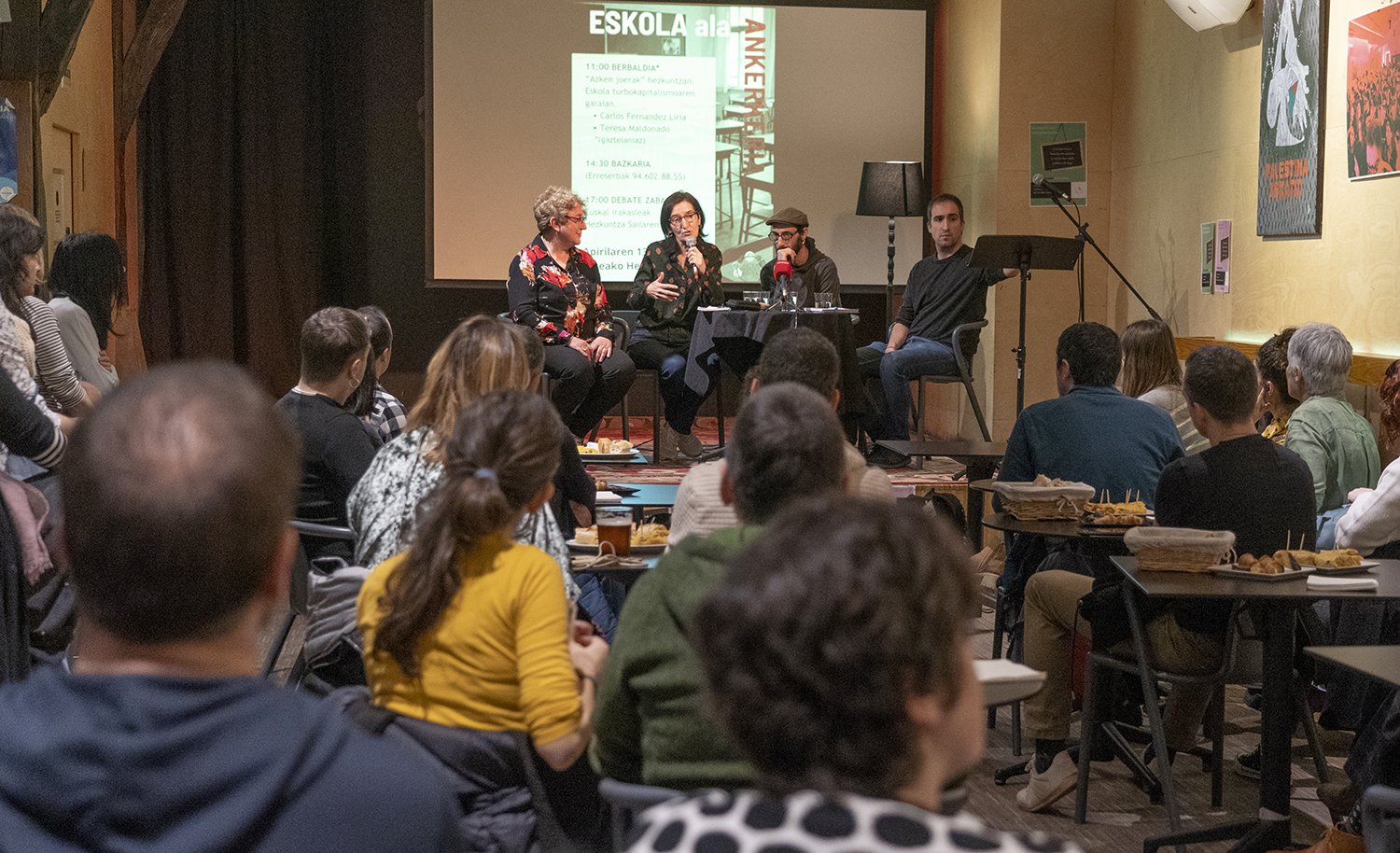
_2.jpg)
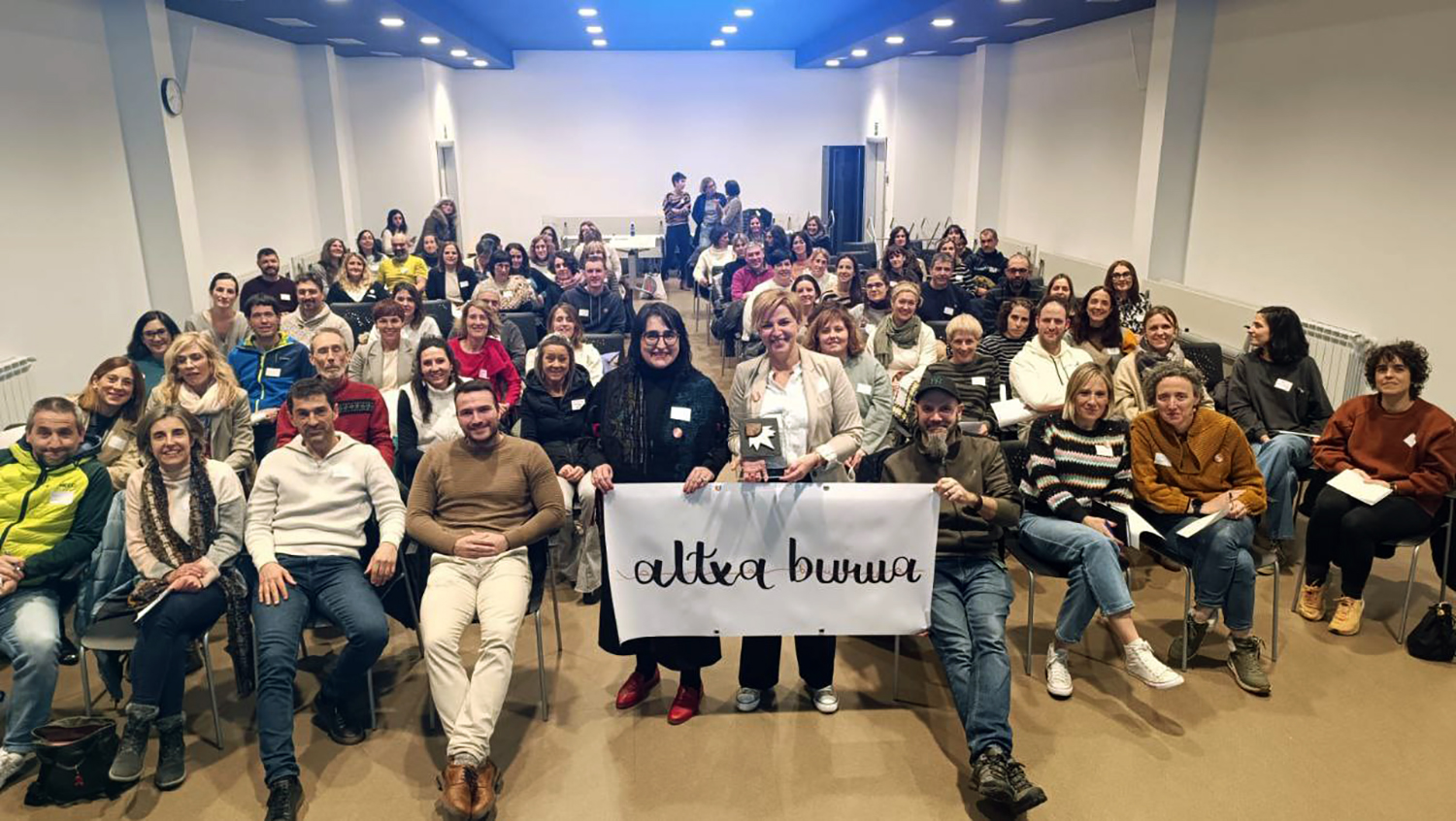
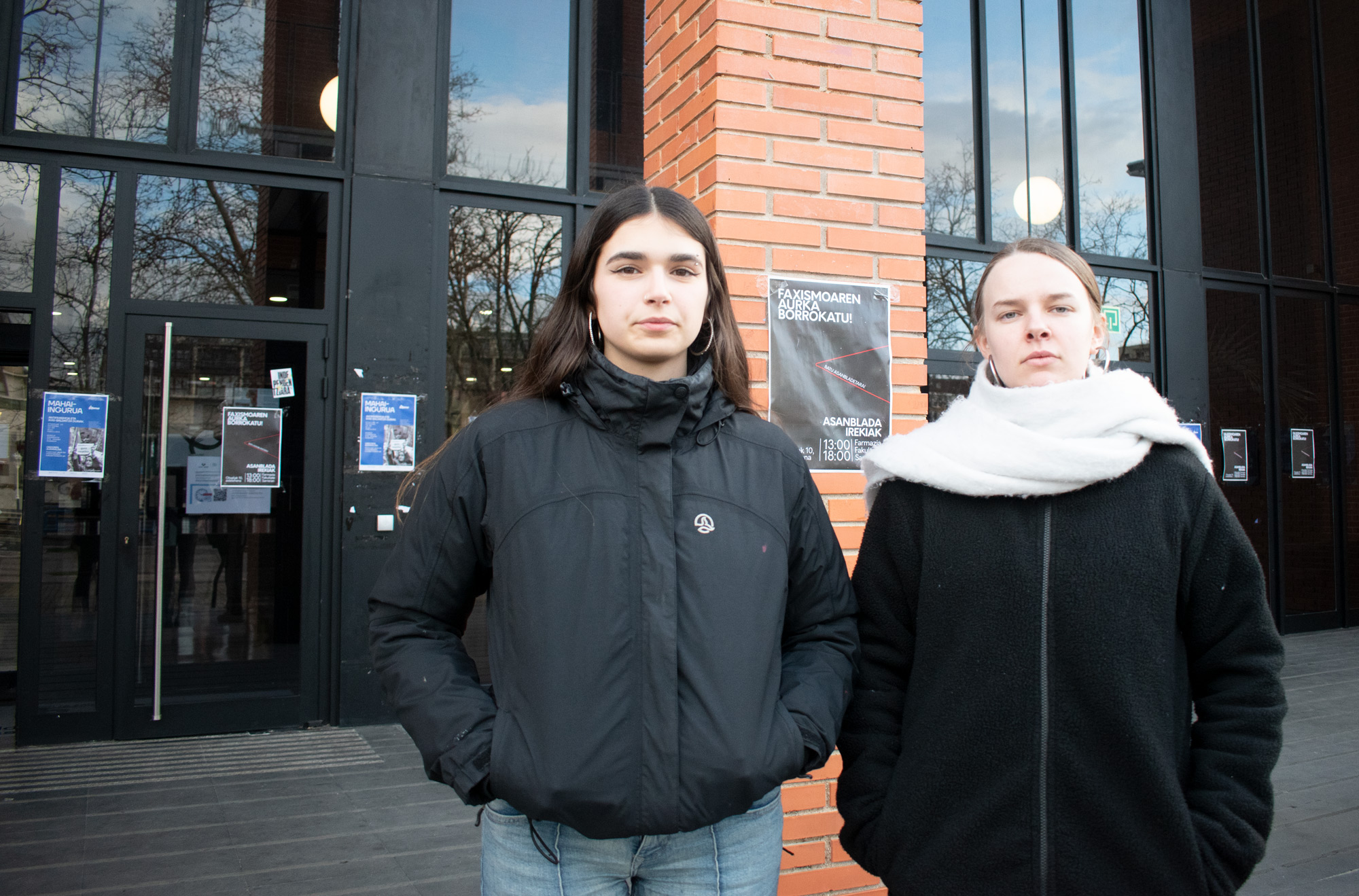
_2.jpg)